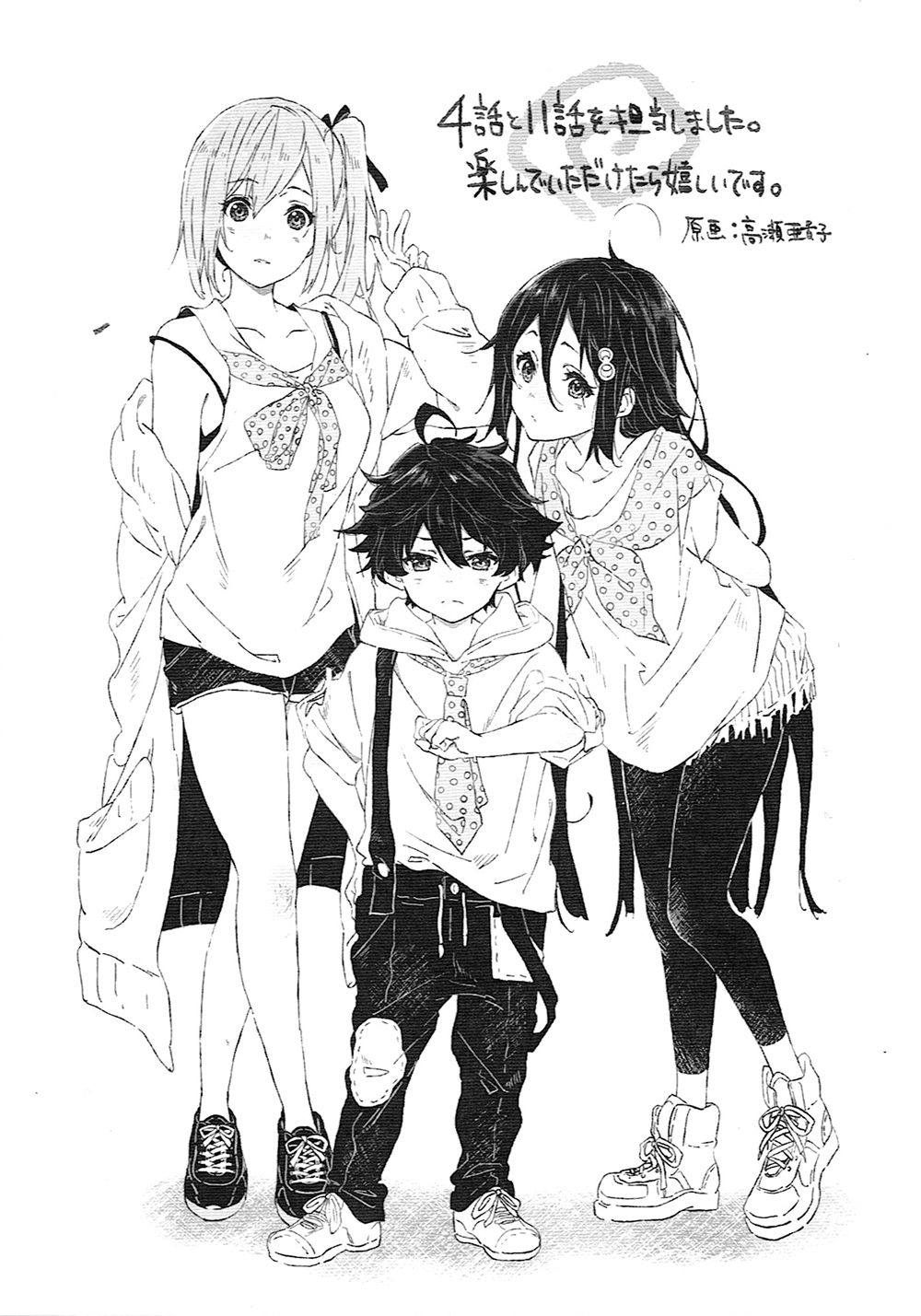

Absolute Struktur des Oleuropeins und einiger verwandter Glucoside. Indue, H., Yoshida, T., Tobita, S., Tanaka, K., and Nishioka, T.

Droplet countercurrent chromatography and its application to the preparative scale separation of natural products. Antimicrobial properties of oleuropein and products of its hydrolysis from green olives. Structures of seco-iridoids from Ligstrum obtusifolium Steb. Oleuropein producing such a postinfection active intermediate could be referred to as a phytoalexin precursor.Īsaka, Y., Kamikawa, T., Kubota, T., and Sakamoto, H. This intermediate could be produced rapidly in response to microorganism invasion. Similar tests under the influence of β-glucosidase suggest an aglycone of oleuropein, either the hemiacetal (i) or the possible enal-aldehyde (ii), could be the active intermediate. In an antimicrobial test by the paper disk method against Bacillus subtilis, Saccharomyces cerevisiae, and Escherichia coli, compounds I, II, and III inhibited a growth of B. This is the first isolation of ligstroside from O. The dimethyl ester (III) was shown to be an artifact. The seco-iridoid glycosides were isolated using two different countercurrent chromatographies: rotation locular countercurrent chromatography (RLCC) and droplet countercurrent chromatography (DCCC). One type is the bitter seco-iridoid glycosides oleuropein (1) and ligstroside (2) The other is a physical barrier of crystalline oleanolic acid (4) that coats the leaf surface. Two types of chemical protection were found in the foliage. Olea europaea (Oleaceae) is resistant in nature to insect and microbe attack.


 0 kommentar(er)
0 kommentar(er)
